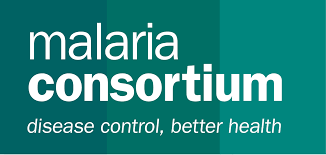Despite being preventable and treatable, malaria, an infectious disease is currently threatening the lives of 3.2 billion people around the world.
Malaria Consortium, a civic group which is up with some measures to combat the scourge says every year the disease accounts for hundreds of thousands of deaths, the majority of which are in sub-Saharan Africa.
‘’Pregnant women and children under five years of age are especially vulnerable to this devastating disease’’, the group said in its latest newsletter, pointing out that since 2003, it has been fighting malaria in countries across Africa and Asia, in partnership with communities, government and non-government organisations.
According to the group, “We work closely with country governments and national malaria control programmes, providing technical and operational support to strengthen health systems.
This includes supporting the distribution and improved use of long-lasting insecticidal nets and other malaria commodities, reducing the spread of malaria drug resistance, improving case management of malaria at community and health facility levels, strengthening and improving capacity for surveillance and monitoring of the disease, and carrying out research to ensure that good evidence supports effective delivery of services.
‘’We work with governments in various stages of malaria control to increase their capacity and accomplish their goals by providing expertise, resources and strategic planning. Some key ways in which we do this are as follows:
Community-based Primary Health Care
In an effort to create sustainable and accessible lasting healthcare for remote populations, we provide training and resources for community based health workers, training them to diagnose and treat malaria accurately, and building their capacity to manage other common childhood illnesses, including pneumonia and diarrhoea to create a more integrated approach to care in the community and its links to the health system.
In some contexts, we integrate nutrition interventions as malnutrition is both a risk factor for and a consequence of malaria and other infectious diseases.

